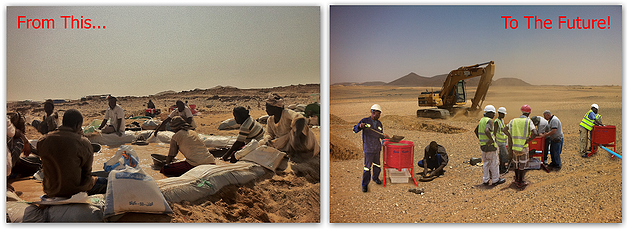Premier African Minerals requires about $4 million to start developing open pit mining and processing operations at its RHA Tungsten project 20 kilometres South East of Hwange. PAM holds a 49 percent interest in the tungsten project while the remaining 51 percent stake is held by the National Indigenisation and Economic Empowerment Board. The mining company assigned a consultancy company to complete a Preliminary Economic Assessment of the RHA Tungsten Mine and the exercise was completed in August 2013. The mine plan presented in the PEA consisted of an open pit followed by an underground operation, with a combined life of 6 years at a Run of Mine production rate of 192 000 tonnes per year. “Economic assessment results highlight the potential of RHA Tungsten to develop an open pit mining and processing operation with a capital requirement of $4,77 million which includes a 20 percent contingency.“ Hand sorting is expected to reduce the mill feed to 5 000 tonnes per month,” said the company in a statement. PAM said CAE Mining, the world’s leading range of integrated mining solutions company has completed an update of the mineral resources taking into account an additional 12 inclined diamond drill holes totalling 1 300,7 million of drilling in the second drill campaign,which was completed in December 2013.
The mining company engaged the local mineral processing company, Peacocke and Simpson which has undertaken laboratory scale metallurgical test work to determine the most appropriate process route and to define recoveries and concentrate grade. “Subsequent to laboratory scale investigation test work carried out, additional test work has been undertaken on pilot scale upon an 800 kg sample as a proof of concept for recovery of tungsten trioxide via gravity concentration methods. The test work resulted in an overall recovery of 82, 8 percent at a final product concentrate of 63 percent,” said PAM. Since completion of the PEA, PAM approached Appropriate Process Technology for a quotation to fabricate and commission a processing plant. PAM said APT completed a plant design, a cost estimate and provided a firm quote for the supply and commissioning of the plant. The total cost is $2 million including erection and commissioning on site. PAM is currently investigating the use of the historic tailings facility as a start-up strategy for the first 12 months.
*The Herald news department was not involved in the creation of this content.























